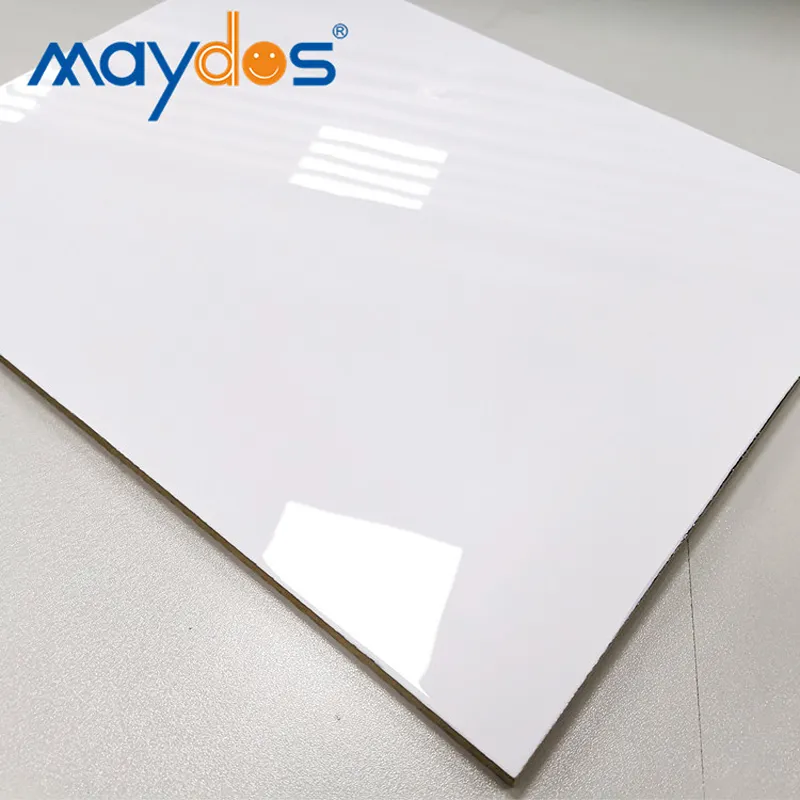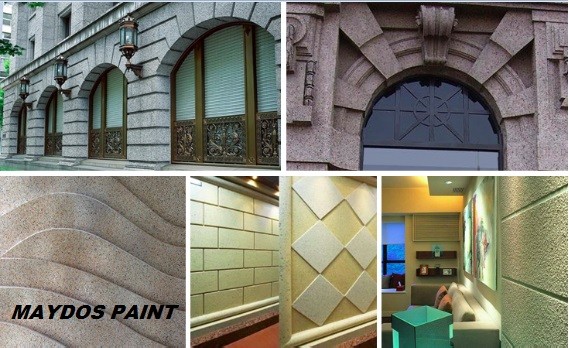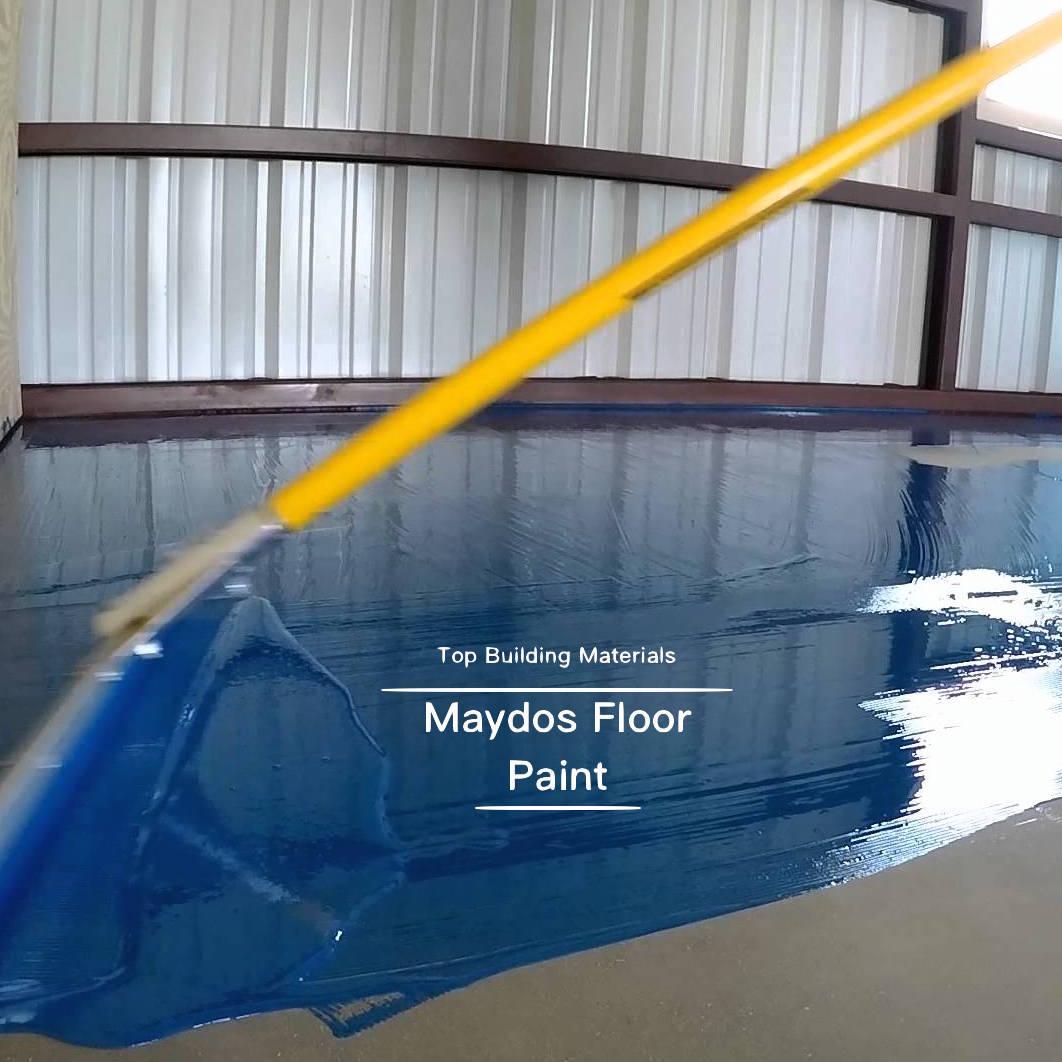Paint Manufacturer
In the process of manufacturing paint, the company needs to purchase a range of raw materials. The main raw materials used in the production of paint are pigments, which are finely ground solids in different shades. Pigments give the colour, consistency and durability of the finished product. They make up approximately one third of the overall cost of the product. In addition, they are essential for the durability of the paint. Here are some of the most important raw materials used by the paint manufacturer.
PPG Industries
One of the world’s largest paint manufacturers, PPG operates in nearly 70 countries. PPG manufactures paint, coatings, and specialty materials for car and aircraft manufacturers. The company specializes in the development of high-quality paints, coatings, and specialty materials for interior and exterior applications. Its products are used by car and aircraft manufacturers, including Airbus SE. The company was a pioneer in developing lead-free house paints and was the first company to create a no-wax car finish.
PPG provides products for the automotive refinish market, including complete respray and diamond coat clearcoats. The company also manufactures industrial coatings for a wide range of applications, including appliances, heavy equipment, and transportation. PPG offers liquid paint, electrocoat, powder coatings, and specialty UV coatings. Industrial coatings are available in acrylics, alkyds, urethanes, and epoxies.
PPG Industries, Inc. is a global paint manufacturer and distributor. Its Performance Coatings segment includes paints, adhesives, sealants, and specialty chemicals. Some of its well-known brands include Glidden and Olympic. The PPG Pittsburg Paints division produces protective and decorative coatings for metal, including car and aircraft interiors, and is a leading provider of industrial paints and specialty coatings.
Based in Pittsburgh, Pennsylvania, PPG Industries is one of the world’s leading suppliers of coatings and optical products. The company is composed of 156 manufacturing plants in 70 countries, employing about 47,000 people. PPG is headquartered in the PPG Place complex in downtown Pittsburgh, which is notable for its iconic glass facade. Pittsburgh Plate Glass started as a glass company in 1883 and later expanded into the production of paints, fiberglass, and specialty materials. In 1968, the company changed its name to PPG Industries, Inc.
Sherwin-Williams
Sherwin-Williams is an American paint and coating manufacturing company. The company is based in Cleveland, Ohio. Founded in 1848, the company is now one of the world’s largest manufacturers of paint and coatings. Today, the company has more than 2,000 employees worldwide. Its products include everything from primers to high-gloss paints. The company also manufactures a range of specialty coatings, including waterproofing materials and sealants.
The company remained a leading paint company in the twentieth century, with continued expansion. During the Breen era, the company saw incredible financial growth. In 1999, a new CEO took the helm – Christopher Connor. Connor had previously headed the company’s retail operations. Connor encouraged new ideas and growth strategies to maintain the company’s strong position as the paint industry changed and became commoditized.
The company grew rapidly, becoming the largest paint manufacturer in the world. It had few retail stores in its early years, and sold its products through a large dealer network. It expanded its business overseas in 1917 after acquiring the Martin-Senour Paint Company in Chicago. The company’s finances grew from $2.3 million to $34.2 million by 1919. In the same year, George A. Martin sold his shares.
The company’s name has a long and distinguished history. Its logo is one of the world’s most recognizable. It symbolizes the company’s early days. The company began purchasing smaller companies in the early twentieth century, including Martin-Senour and Acme Quality Paints. During the 1920s, Sherwin-Williams executives saw these smaller companies as a smart investment.
Under Steudel’s leadership, the company made a series of acquisitions that resulted in increased sales and profits. During this time, Sherwin-Williams also increased its advertising budget, increasing it from $4 million in 1989 to $125 million in 1990. Meanwhile, many popular home decorating chains continued to depend on major suppliers for distribution and national brand recognition. In addition to selling paint, the company sold fat books and paint chips to drive traffic.
The company is the second-largest paint manufacturer in the world, after Akzo Nobel N.V. The company offers a range of paints, from automotive refinish products to protective and marine coatings. In addition, the company operates more than 3,000 paint stores across the world. If you’re looking for a new paint, you’ve come to the right place. The Sherwin-Williams website is easy to navigate and can give you all the information you need.
Sherwin-Williams’ expansion continued throughout the 20th century. In 1905, the company formed an alliance with Lewis Berger & Sons, Ltd. and expanded its facilities in Cleveland. In 1920, the company went public, selling $15 million in preferred stock. Cottingham also expanded the company’s dealership network. By 1920, Sherwin-Williams owned three factories in the U.S., with more to follow.
Kansai Paint
A Japanese chemical company, Kansai Paint Co., Ltd., produces automotive, industrial, and decorative coatings. The company is headquartered in Osaka, Japan. They produce various types of paints, from clear to metallic, that provide superior protection and shine to vehicles. Read about the company and its products below. You’ll love these innovative products, which can enhance the look of your vehicle and make it look more beautiful than ever.
The company has been around for more than a century. It began manufacturing paint in the 1920s and has grown to be one of the world’s largest manufacturers of automotive, industrial, and construction coatings. Its global operations include Asia, Europe, and the Americas. It supports customers across a range of industries, including construction, marine, and heavy-duty coatings. Listed on the Tokyo Stock Exchange, Kansai Paint is a reputable and innovative company, and it is a great choice for investors who want to see a real return on their investment.
In 1987, the company entered the North American market through Kansai Paint (America) and formed a joint venture with PPG Industries. This company was originally aimed at European and North American markets, but it eventually expanded its operations into China and other parts of Asia. Founded in Amagasaki, Japan, the company has operations in the United States and Mexico. Its subsidiary Goodlass Nerolac Paints is located in the United Kingdom.
The company’s revenue continues to grow as the company expands its business in North America. Its affiliates increased its revenue by 1.1% year over year, and the company developed a new range of blues, based on its original auto body color database. The new “Ocean Blue Next” expresses depth and purity. Its technical and market analysis skills are evident in the new paint line, which is called “Ocean Blue Next.”
In the mid-1990s, the company began expanding in China. In 1994, it opened a joint venture in Shenyang and a second production facility in Tianjin. During this period, the company expanded its production capacity at both of its two non-Japanese plants. In March, it bought a stake in Hunan Xiangjiang Kansai Paint, a factory producing 2,000 tons of paint each month. In addition to the Hunan plant, Kansai Paint also announced the establishment of a water-based automotive paint facility in Guangzhou. The new plant will commence production in summer 2006.
The company was founded in 1918 in Amagasaki, Japan by Katsujiro Iwai, a native of Kyoto. Iwai was a proponent of Japan’s early industrial base policy, which sought to reduce reliance on imported goods. It established six industrial companies, including Kansai Paint. They currently employ 15,900 people in three different regions. The company produces more than three billion tons of paint annually.





















